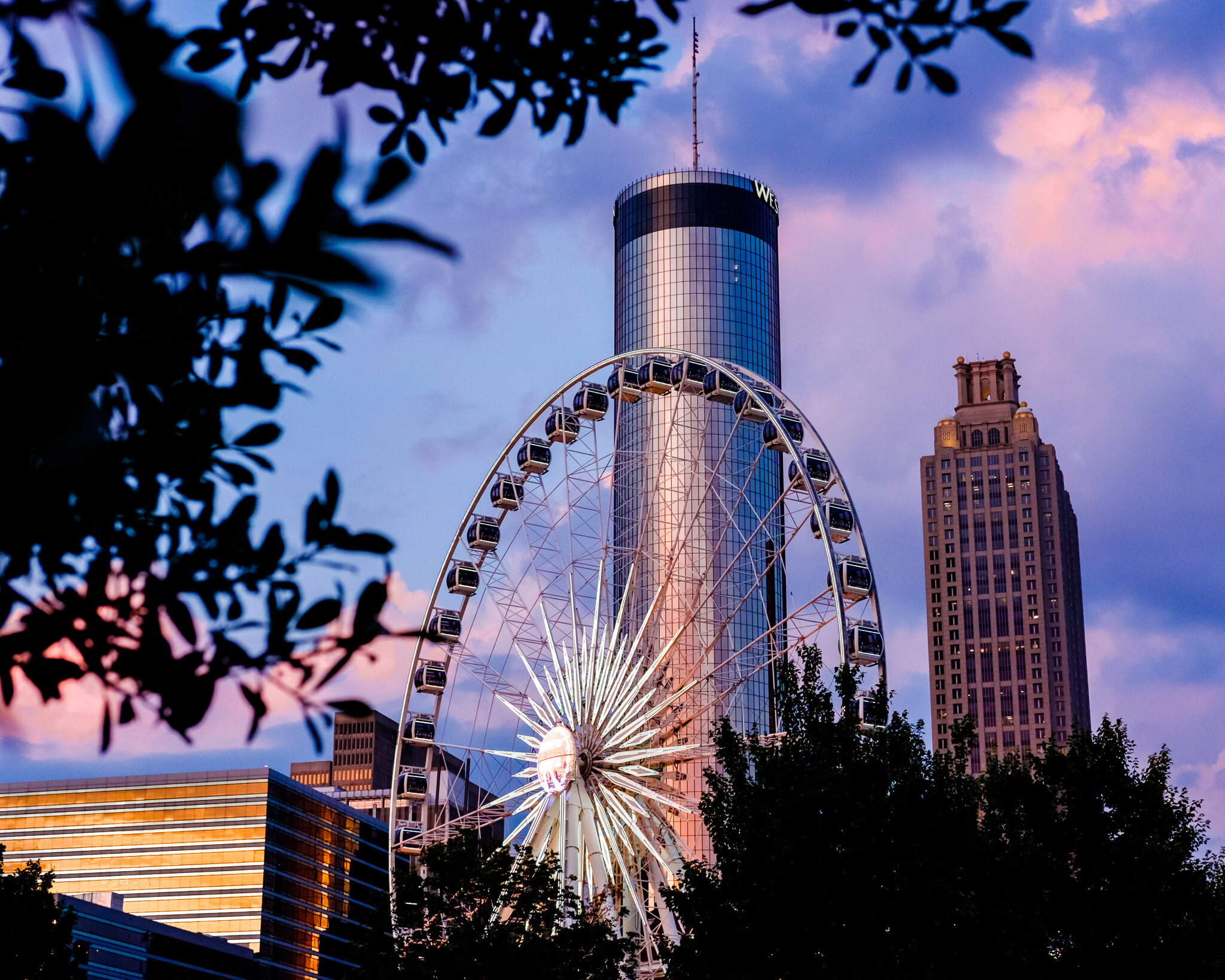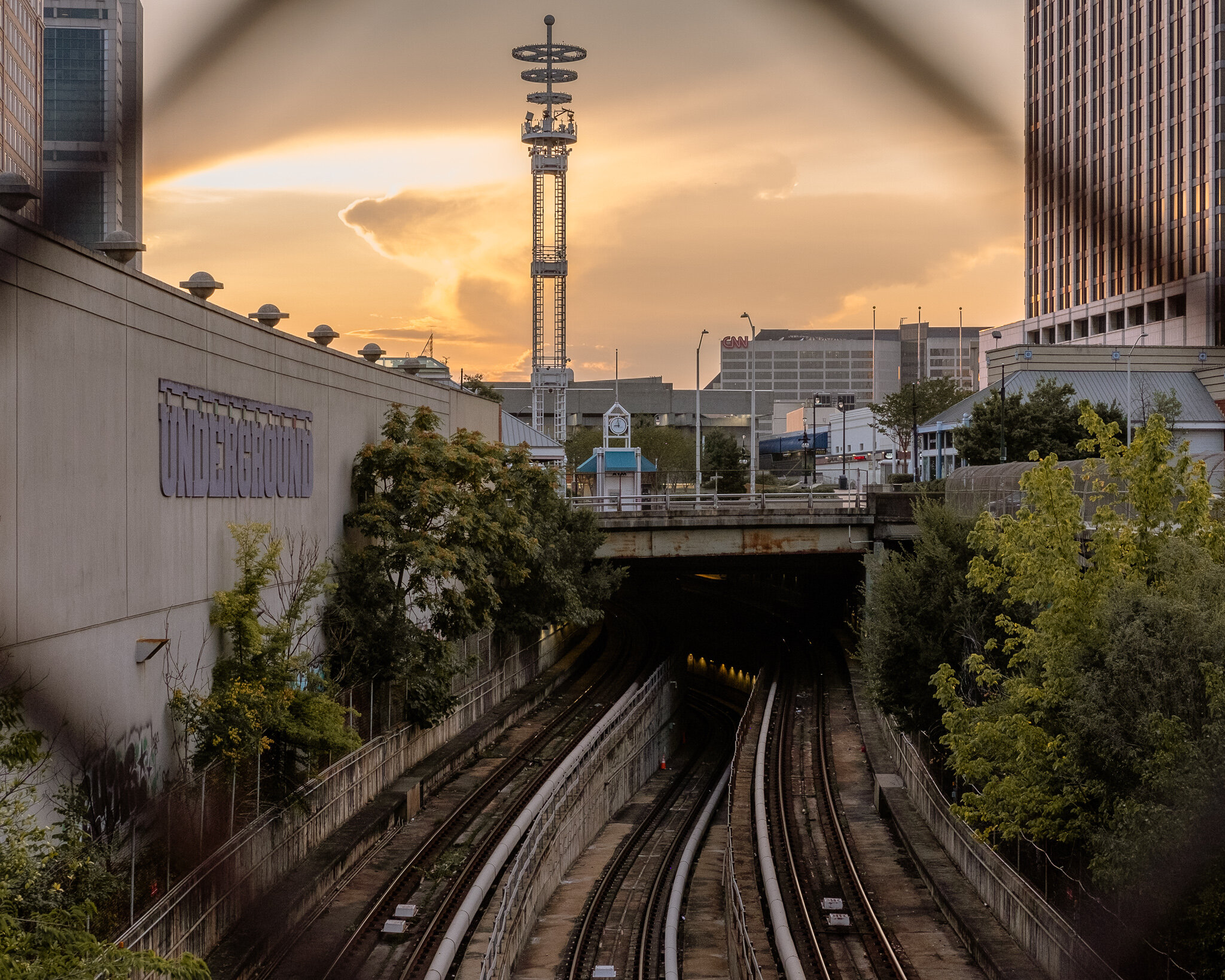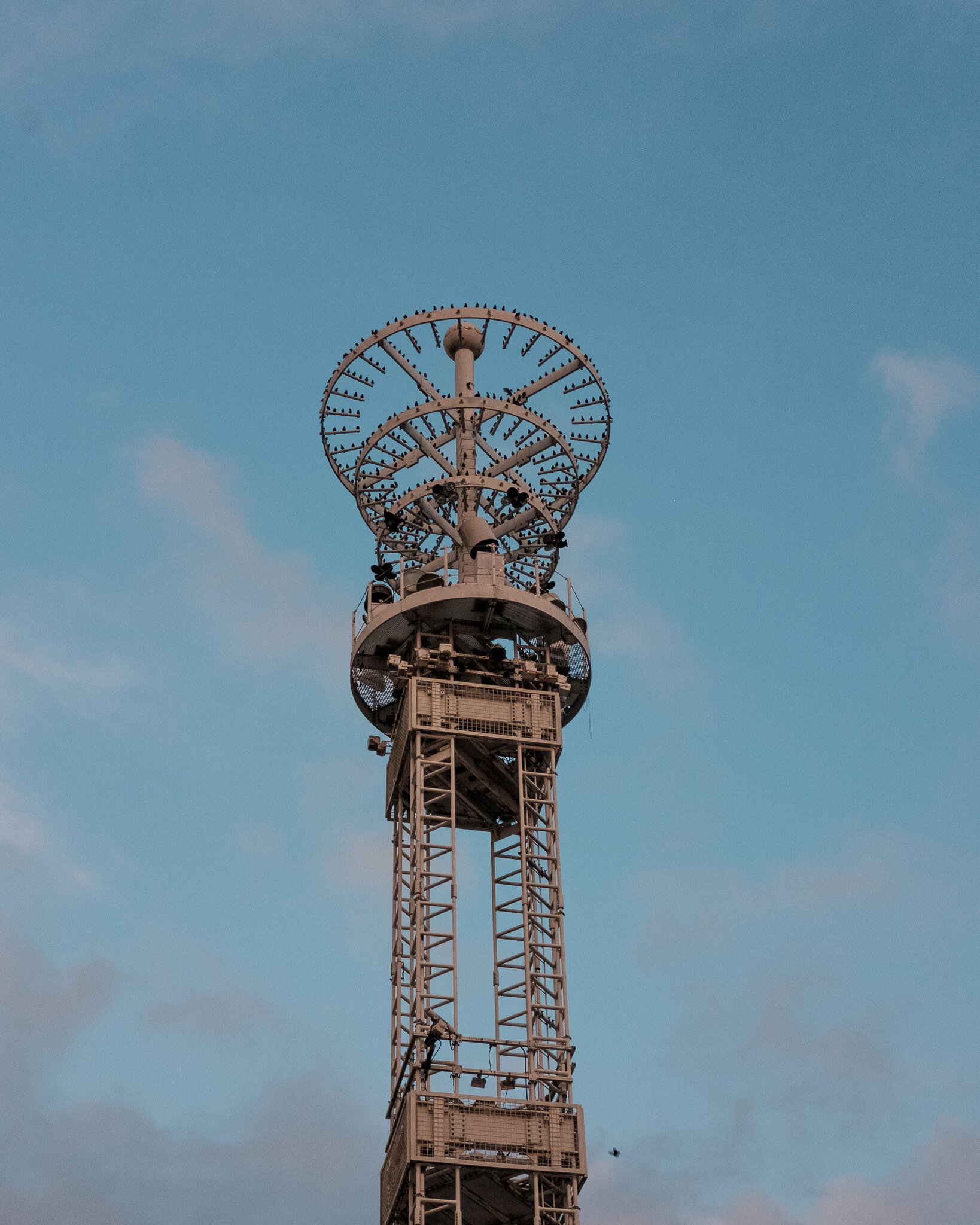In January 2014, Fujifilm released the X-T1, a weather resistant, mirrorless camera with the looks of a classic SLR. It went on to earn nearly universal award-winning praise, and at $1,299 for the body alone, was aimed squarely for the high end market. But what’s it like today?
In June of 2019, I was on Craigslist with a wad of cash burning a hole in my pocket. I had just gotten back from Africa, a trip which required me to lug around my Canon 80D and a collection of lenses in my heavy camera pack. I had done this before in LA and many trips before that, and every time came away unsatisfied with the weight and size of my gear. Now I had a trip to San Francisco coming up, and with that in mind, was on the hunt for a mirrorless system. Admittedly, I did look through numerous listings for Sony A6300s, but came to the correct conclusion that I didn’t want to be a Sony guy. Finally, I happened across an X-T1, being offered with your choice of lenses, grips, and batteries. A couple days and some light negotiating later, it was mine.
For $600, I got a nearly unused X-T1, a 35mm f/2, 4 batteries, a remote release, and two OEM Fuji grips, one the battery grip, and the other the extended hand grip. I only wanted the 35mm as it was weatherproof like the body, compact, fast, and a prime. After all, the goal was to simplify my setup, not just pivot it. A couple weeks later, my girlfriend and I took a trip to Atlanta, and after seeing what I got from it, I was sold.
Since then, I have taken my little Fujifilm on every trip, used it for nearly every shoot, and never looked back. It’s been across the country, out camping, in the city, the streets of Charleston, concerts, and on many portrait shoots. It gets endless compliments, both from those that see my work and from people on the street that see the attractive little camera and want to know what it is.
But, how does it really perform today? A lot has changed in 6 years in the camera world, not to mention the fact that Fujifilm released the X-T2 in 2016 and the X-T3 in 2018. To put it simply, incredibly well. Everything about it holds up, from the beautifully made magnesium body to the incredible colors Fuji is capable of producing. Photographer friends are often shocked to find out that the camera is working with a mere 16 megapixels considering the sharp images it is capable of. It performs exceptionally in low light, produces stunning portraits, and is light, small, and easy to travel with. Considering you can pick up a lightly used body for $300-$400, I’d recommend it to anyone today, especially if you’re working with a limited budget. It’s the best camera I’ve ever owned.
Long Exposure, Max Patch NC
Saint Francis of Assisi Church, taken with the Fuji and 35mm
Shot in Charleston, SC, with Fuji and 35mm
Charleston, SC, same setup as always








